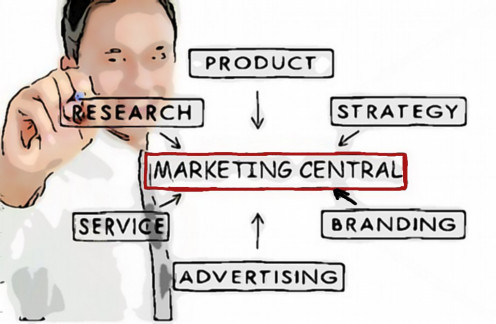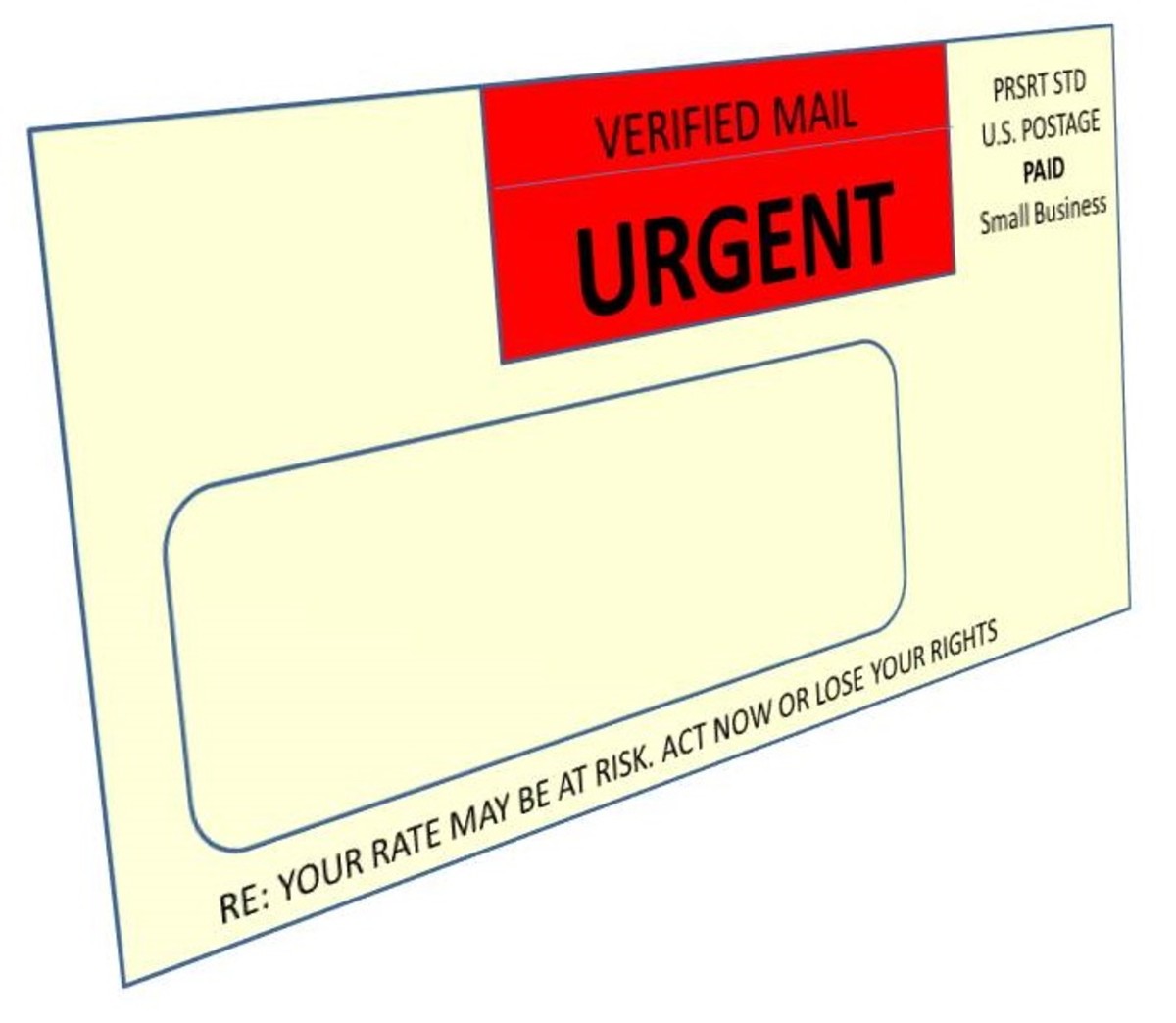A Case For Centralizing In-House Marketing Services

This Hub offers a discussion on centralizing a company’s marketing services and activities by establishing the equivalent of an in-house marketing department or agency to provide a convenient internally based set of skills that would be used to:
- Guide a company in maintaining/sustaining an integrated brand message strategy.
- Provide internal and external marketing advice/consultation and services to drive agency brand marketing and direct marketing efforts.
- Provide leadership and guidance that can help the organization assume a leadership role in the market.
Finally, this Hub includes recommendation for maintaining strong links between marketing and other areas of business management.

Why Centralization?
At some point in their growth and development, executives at many companies find themselves faced with whether or not to centralize or decentralize marketing activities. When marketing is centralized, one department handles all marketing activities. When it is decentralized, different departments handle marketing activities for different divisions of the company, or for different brands.
Centralizing marketing activities offers a company an effective and efficient way to maintain quality and consistency with regard to its internal and external marketing activities as it grows, or as it maintains its competitive edge. Centralizing a “full-service” suite of in-house marketing offerings would encompass:
- Planning and executing corporation-wide marketing programs; ensuring that brand-building strategies and direct-marketing strategies are integrated.
- Monitoring and consolidating, as much as possible, internal and external communications and publications.
- Providing marketing input in the development and improvement of a company's marketing programs and services.
- Guiding and/or conducting research (internal and external) for the purpose of defining, analyzing and/or segmenting target markets (for supporting product/service awareness-building, and communicating with different target audiences and other stakeholders, etc.).
Researcher Ronald Miller’s foundational research on this topic provides a perspective from which to view centralization versus decentralization in an article titled, “The Advantages and Disadvantages of Using a Centralized In-House Marketing Office.”

When he researched Indiana University, Miller observed that centralization of the marketing function at the school had allowed it to minimize both costs and efforts by pulling together printing and mailing projects once scattered among different administrative and academic departments. The school also achieved continuity in communications, improved the quality of publications, tracked responses to direct mail/promotional literature, and increased in-house marketing capabilities. 1
Miller observed five major advantages to centralization of the marketing and promotion function in the school/education arena. The five advantages Miller isolated in his research included:
- Minimization of costs,
- Implementation of a school-wide marketing strategy
- Maximization of the school's image
- Enhanced quality control
- The building of in-house technical expertise in marketing and promotion.
Miller also noted three disadvantages to centralization.2 These included:
- Reduced time for marketing research efforts
- Lengthened time for a program to occur
- Resistance to coordination of a centralized office.

Sustaining the Brand/Message Strategy
In addition to offering efficiencies in costs and efforts, creating an in-house marketing and publications agency would be an excellent way for an established company to begin, or to continue, building upon the foundation it has established with regard to brand-building.
For example, let's say that XYZ Company already has in place elements of a foundation for its organizational brand message strategy. But, even though the company offers a variety of products and services, it's primary brand message is unclear because each one of its products and services has its own brand message. There is no "cohesive and clear" voice that speaks for the whole company. The brand package—including the company logo, slogan, and graphic “look” used in corporate-level communications (newsletters, website, stationery, etc.) contains a kaleidoscope of rich, vibrant and inviting colors, but the overall company image is unclear. The company needs to find a way to convey that the organization is part of the lifestyles of those it serves. In print and web communications, the company's image needs to communicate the nature of the organization, as well as the multi-racial, multi-ethnic make-up of its service population, employee population, and desired target audiences for its products and/or services.
Centralizing marketing services would help XYZ Company shape its growth/development strategy in a customer centric way. Creating an in-house marketing agency would help unite existing internal resources that could be used to extend brand messaging while cultivating and sustaining marketing and communications initiatives. Existing in-house resources could work together to continue the building of strong and lasting relationships with current and prospective buyers/target audiences.

Establishing an in-house marketing department or agency would help XYZ Company maintain its brand strategy and strengthen its institutional image. The company's brand image needs to communicate why the organization exists and what it does distinctively well. The centralized marketing department would help the company improve upon the what it already has in place to ensure that the company's brand strategy conveys what the organization is about in a way that people will notice, understand and respond to. And, the centralized marketing department would be able to monitor and to ensure consistency in the brand message as the company works to clearly differentiate XYZ from its competitors.
Centralization would also bring together, in one department, concerns about maintaining quality and message consistency across XYZ’s integrated brand marketing and direct-marketing efforts. Since direct marketing is always more effective when preceded by effective brand marketing, through effective and consistent brand/image marketing, the right prospects will be made aware of the organization prior to implementing direct efforts.
To prepare for centralizing marketing services/activities, XYZ's internal marketing initiatives might include activities such as:
- Bringing together and training XYZ marketing staff to work together, as a team. This will enhance the impact of work produced by colleagues who were formerly scattered throughout the organization, pulling them together for a more strategic use of communication, and providing centralized technical support for their efforts.
- Performing a company-wide communications audit--Identify activities, achievements, challenges, etc., throughout XYZ that could benefit from strategic communication and/or present opportunities for communications to advance goals.
- Providing centralized oversight of the implementation of XYZ's marketing and communications planning.
- Working with content providers for the company's website and Intranet to improve and maintain a consistent brand and message strategy. Producing, or overseeing the production of, materials created internally that are intended for external audiences.
- Guiding and assisting XYZ as it seeks to communicate with internal and external audiences through print publications, content published on the company website and Intranet, and videos, audio and interactive media. Promoting increased quality of internal communications that would eventually enhance efforts to create a cohesive public image and brand message.
- Providing oversight of the development and implementation of marketing and graphic standards policies and procedures; developing, updating/maintaining XYZ company's graphic style manual.
Some of the external marketing initiatives of XYZ's centralized marketing services might include:
- Increasing visibility of XYZ throughout the communities it serves. Promoting the positive impact of XYZ services for clients and the broader community.
- Managing integrated brand marketing and direct-marketing communications campaigns encompassing all of XYZ's products and services.
- Helping to increase the quality and quantity of media exposure. Working to update and enhance management of XYZ's media database.
- Providing oversight of external vendors contracted to perform targeted marketing and communications activities.
- Collaborating in the development, planning, and organization of communications for special events that the company either participates in or sponsors.

Training to Improve Company-wide Understanding of Marketing
Centralization of a company's marketing services/activities provides the foundation for creating strong links between the in-house marketing services department and other areas of company management.
Any company’s marketing arm should be inextricably tied to sound business management, and to a commitment to organizational ethics and integrity. Therefore, a central marketing department would be poised to work with other areas of management to help achieve company excellence goals, and to communicate, clearly and effectively, marketing messages to internal and external target audiences.
Centralizing marketing services allows a company the opportunity to improve marketing/ advertising/public relations services for all of its products and services. It also puts into place a team of internal "experts" capable of offering education/training sessions to help company management, across the board, understand and harness the benefits of marketing by improving understanding about:
- Market research (prospect and product/service)
- Brand building/message strategy development
- Advertising and ad campaign development
- Marketing materials/sales support materials development
- Public relations practices; the need for/value of press releases
- Media relations training/planning
- Evaluating marketing effectiveness (or lack thereof), and return on marketing investments

The Centralization Plan . . .
The process of centralizing marketing services would involve developing a written business plan to include the offering of various alternatives for organizing and staffing the marketing department.
A plan for centralizing marketing services should include a description of proposed space allocation for the department, job descriptions of employees of the new department, and a timeline for filling positions. This is needed so that the centralized marketing department can begin assuming more and more of the responsibilities once relegated to decentralized personnel.
In the world of marketing and advertising, awards are one way agencies make a name for themselves while also demonstrating their performance potential. Therefore, the business/marketing plan for the new, centralized department might also include suggestions about how, eventually, the work of the new team could be entered in local marketing and advertising competitions. In addition to being a way to foster togetherness, entering competitions can also bring recognition and honor to the company's commitment to excellence in its execution of marketing activities.
Centralizing marketing services/activities provides in-house avenues for analyzing every aspect of company operations, for the purpose of understanding and improving marketing services, as well as for recommending changes anywhere they may be needed. A strong team of marketing professionals, in-house, can serve as a logical extension of the company's mission and goals—and as tools for helping the organization achieve long-term growth while improving its marketing potential. In the long- and the short-run, centralizing marketing can be of great benefit to any company. Having dedicated professionals working in a central location can strengthen understanding of marketing throughout the company, and it can allow the company to be ready and equipped to respond to the ongoing changes and challenges of its marketing environment.
End Notes
1. Miller, Ronald, “The Advantages and Disadvantages of Using a Centralized In-House Marketing Office,” Paper presented at the Annual Conference of the National University Continuing Education Association (69th, Atlanta, GA, April 16, 1984).
2. Ibid.
References
Sevier, Robert A., “The Direct Results of Integrated Marketing,” Association of Governing Boards of Universities and Colleges. 2004. < http://www.uri.edu/uribrand/media/direct_marketing.pdf>
© 2012 Sallie B Middlebrook PhD








